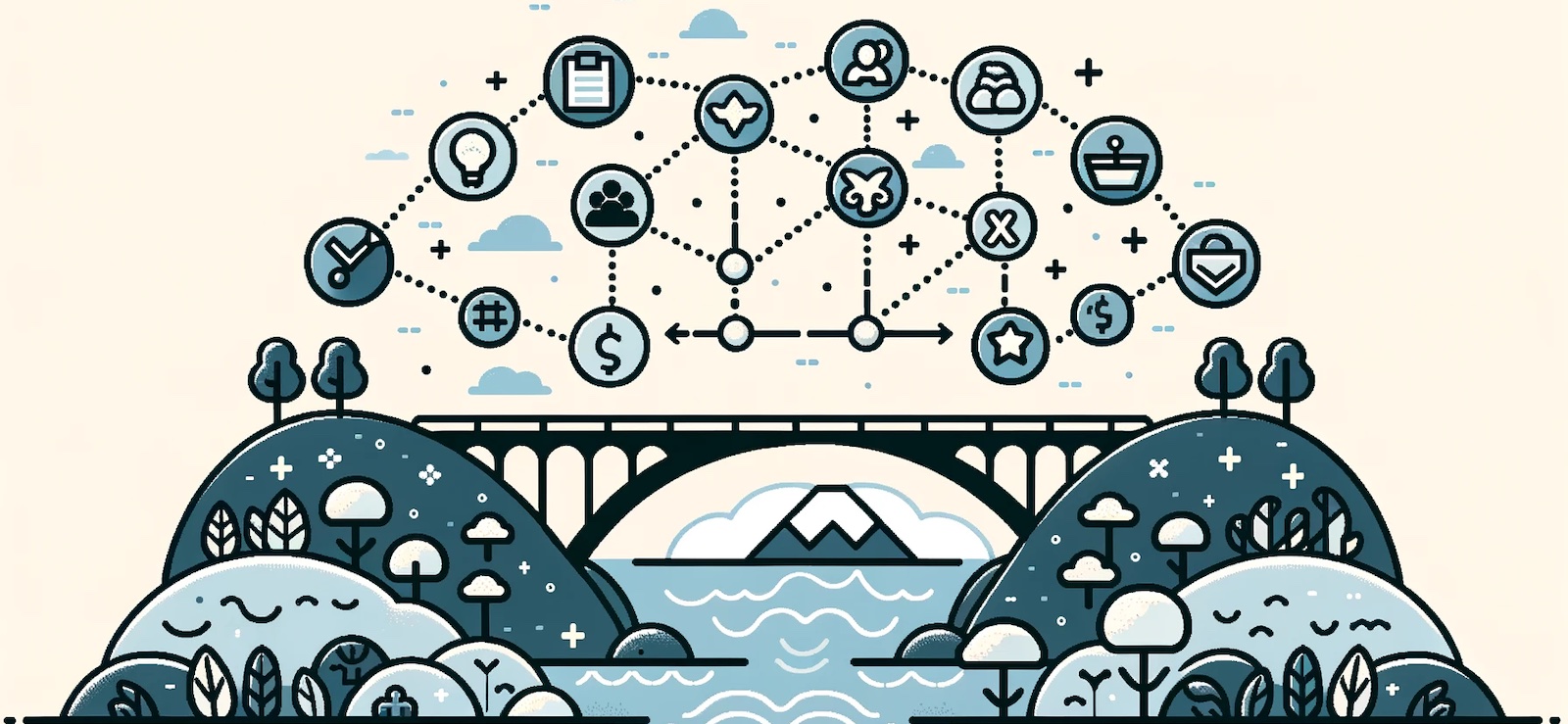The User Adoption formula
Folk have been asking me about this since I mentioned it in the BCS talk I did a few weeks ago.
Just to be clear, “adoption” is the service creator’s objective. For an ecommerce retailer it could be conversion or loading a basket or even agreeing to opt-in to something. For an enterprise customer adoption means the change will be painless because the user base is getting exactly what they felt they needed. For a marketing customer adoption will mean opening emails, setting a “like” flag, clicking on a banner or signing up for a sponsored download etc.

Different types of objective but similar framework (original post below).
Have just received a brief from a prospect who wants to increase user adoption. Nothing unusual with that, expect that the wording of the request got me thinking. The request states that the solution is greater usability. In other words, that the level of adoption of a service is directly proportionate to its degree of usability.
I had to stop and think a bit. At first that makes sense, particularly if the current version of the service is really terrible.
But I think usability is the wrong measure. By modelling what the business wants to build into the service and aligning that with what the end users are trying to get out of it an increase in adoption is very likely.
Still, experience is more than alignment. We could get the service exactly right but if a roughly similar service has nicer music or offers free child-care we’re likely to go with that alternative.
So it’s a balance of alignment and value (in financial terms; emotional; physical; in terms of meaning and self-actualisation etc).
So not being a maths guy, does that make the formula:
adoption = alignment x value over context
What do you think?
In
User research
Transformation
(comments disabled)
